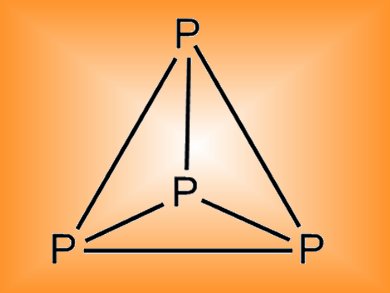The EU’s REACH legislation called for a gradual phase-out of halogen-based flame retardants. Possible replacements are triaryl phosphates, which are already used to a lesser extent. However, their bulk production requires Cl2 gas to produce a key intermediate, PCl3. Both Cl2 and PCl3 present significant environmental risks.
Kenneth Armstrong and Petr Kilian, University of St. Andrews, Scotland, have shown that it is not necessary to use chlorine in the production of triaryl phosphates from white phosphorus (P4). Instead, they use small amounts of iodine with an iron catalyst to form substoichiometric amounts of PI3. The cheap and simple catalyst, iron(III) acetylacetonate, gave complete conversion of P4 to triphenyl phosphate (with 100 % selectivity) at 70–80 °C in toluene.
In addition to making the bulk production of flame retardants cheaper and safer, this methodology could be extended to many other phosphorus compounds that are currently synthesized via PCl3.
- Catalytic Synthesis of Triaryl Phosphates from White Phosphorus
K. M. Armstrong, P. Kilian,
Eur. J. Inorg. Chem. 2011.
DOI: 10.1002/ejic.201100046



